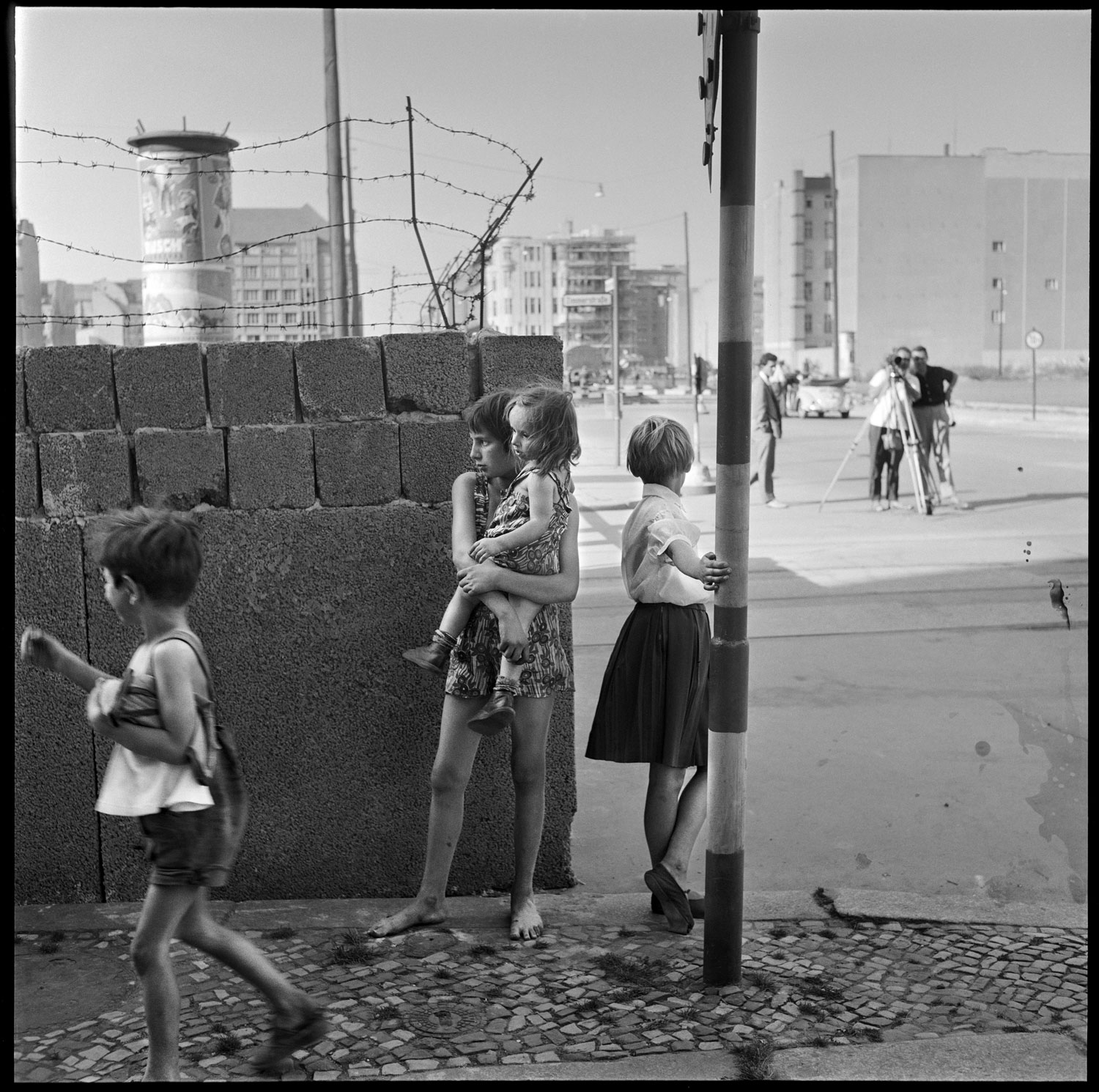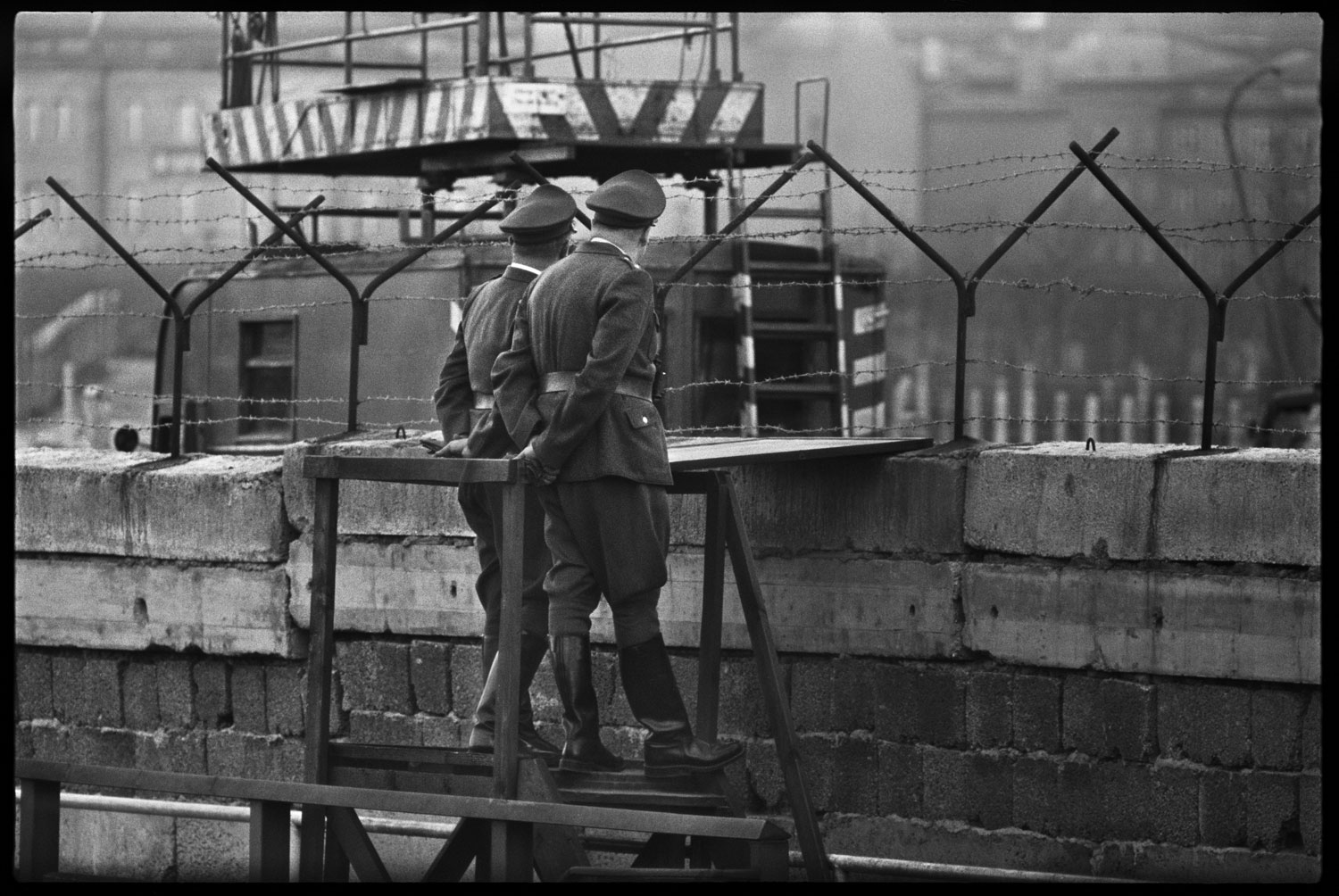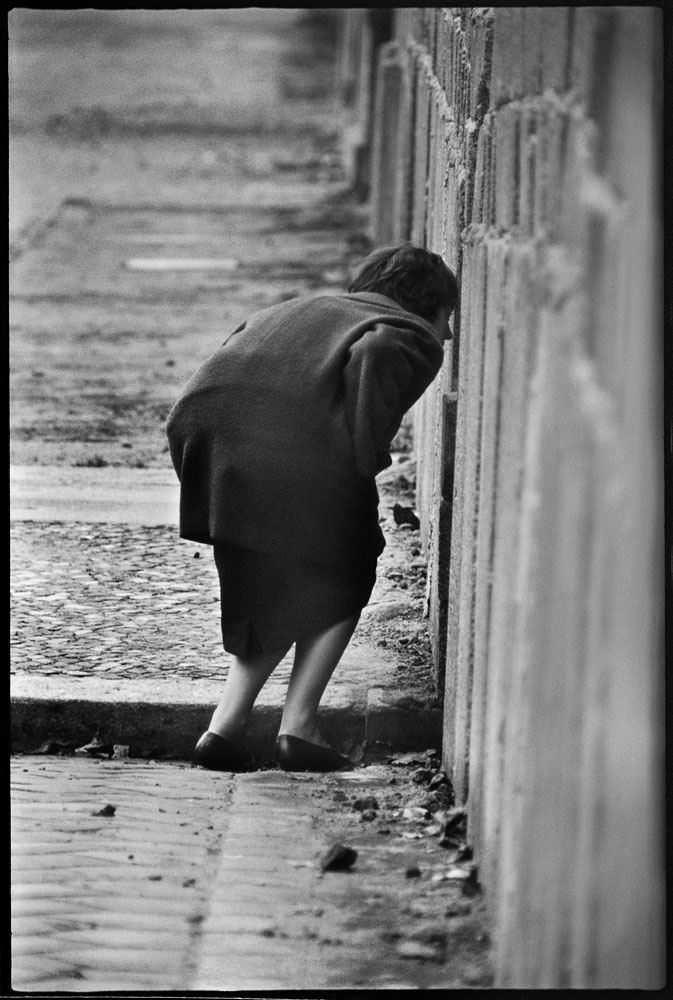
Most people can still remember scenes from the wild days and nights of November 1989, when after decades of division, jubilant Germans tore down the Berlin Wall. But fewer can recall how the city looked in the weeks when the wall went up. The bleak undertaking began 50 years ago this month, on Aug. 13, 1961.
In the 12 years before the wall was built, some 2.5 million people fled East Germany to the West, most of them through the divided city of Berlin. The concrete-and-barbed-wire barrier, which eventually stretched 27 miles, separated the Soviet-controlled eastern half of the city from the western sectors administered by Britain, France and the U.S. At least 136 people were killed while trying to cross the border illegally.
One of the people who were there during the grim construction was British photojournalist Don McCullin, then 25 years old and just beginning the great career that would take him to Vietnam, Northern Ireland and all across Africa and the Middle East. McCullin recalls his experience in a catalog from his exhibition, Shaped by War: held at the Imperial War Museum North in Manchester, England February 6, 2010 – June 13, 2010 and will be on view at The Imperial War Museum in London beginning October 7, 2011.
“It could almost have been as if I had wandered into Christopher Isherwood’s Berlin. I met up with the correspondent but we didn’t work together. In the evenings we’d meet and I’d tell him what I’d photographed. I went straight down to Friedrichstrasse and started working with my Rolleicord of course, I was sitting on the biggest story in the world. I saw the East Germans drilling the foundations and building the Wall breeze block by breeze block.
The Americans were facing the East Germans across Friedrichstrasse and there was enormous tension. In places, Berlin looked like the war had finished just the day before. It was turning into the Berlin that John Le Carré was to describe. I watched the international photographers pass through. I was in awe of these professionals. I was like a little camera-club person from north London working with the camera my mother had retrieved from a pawnshop. But fate was waving some magic wand, directing me. It was so exciting. I felt I was in the right place at the right time, I had an almost magnetic emotional sense of direction pulling me to extraordinary places.”
These never before published photographs, made from negatives that were lost for decades, are a powerful record of the disbelieving Germans, witnesses to a wound being opened in world affairs that would take almost 30 years to close.
—Richard Lacayo








More Must-Reads from TIME
- Donald Trump Is TIME's 2024 Person of the Year
- Why We Chose Trump as Person of the Year
- Is Intermittent Fasting Good or Bad for You?
- The 100 Must-Read Books of 2024
- The 20 Best Christmas TV Episodes
- Column: If Optimism Feels Ridiculous Now, Try Hope
- The Future of Climate Action Is Trade Policy
- Merle Bombardieri Is Helping People Make the Baby Decision
Contact us at letters@time.com